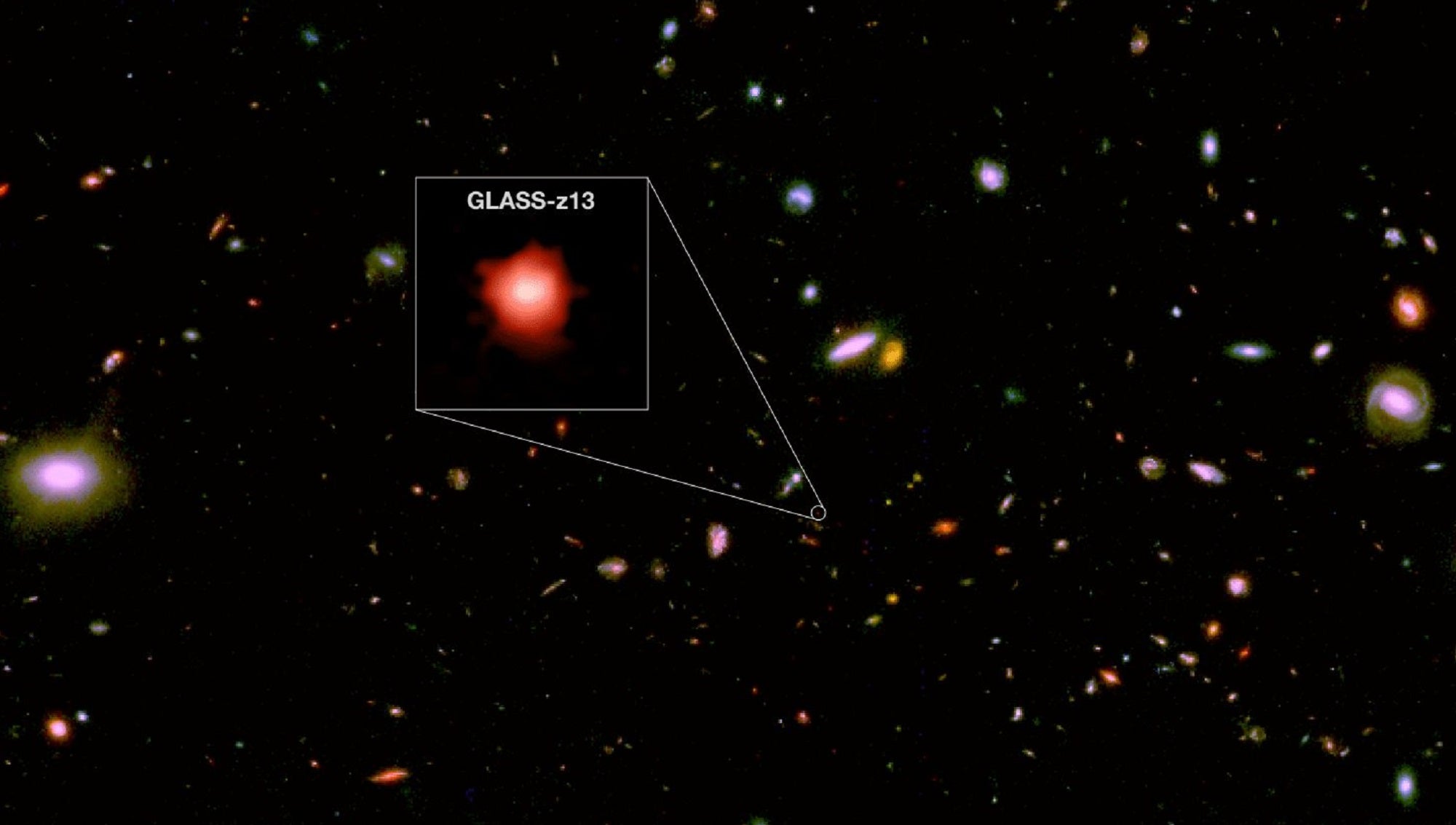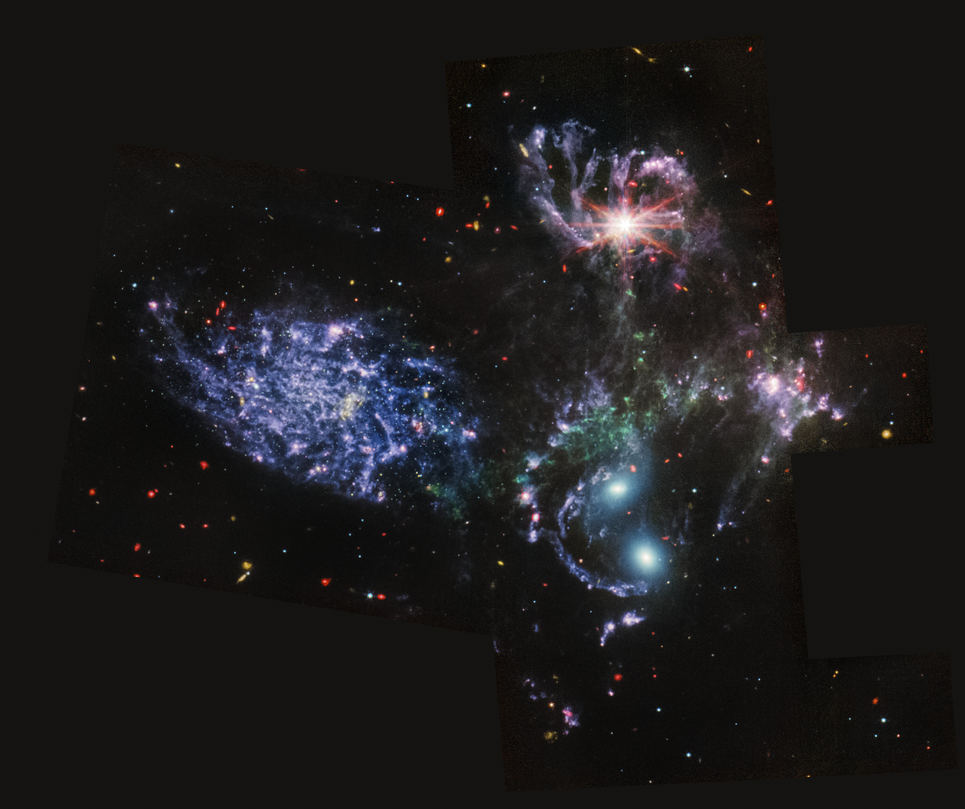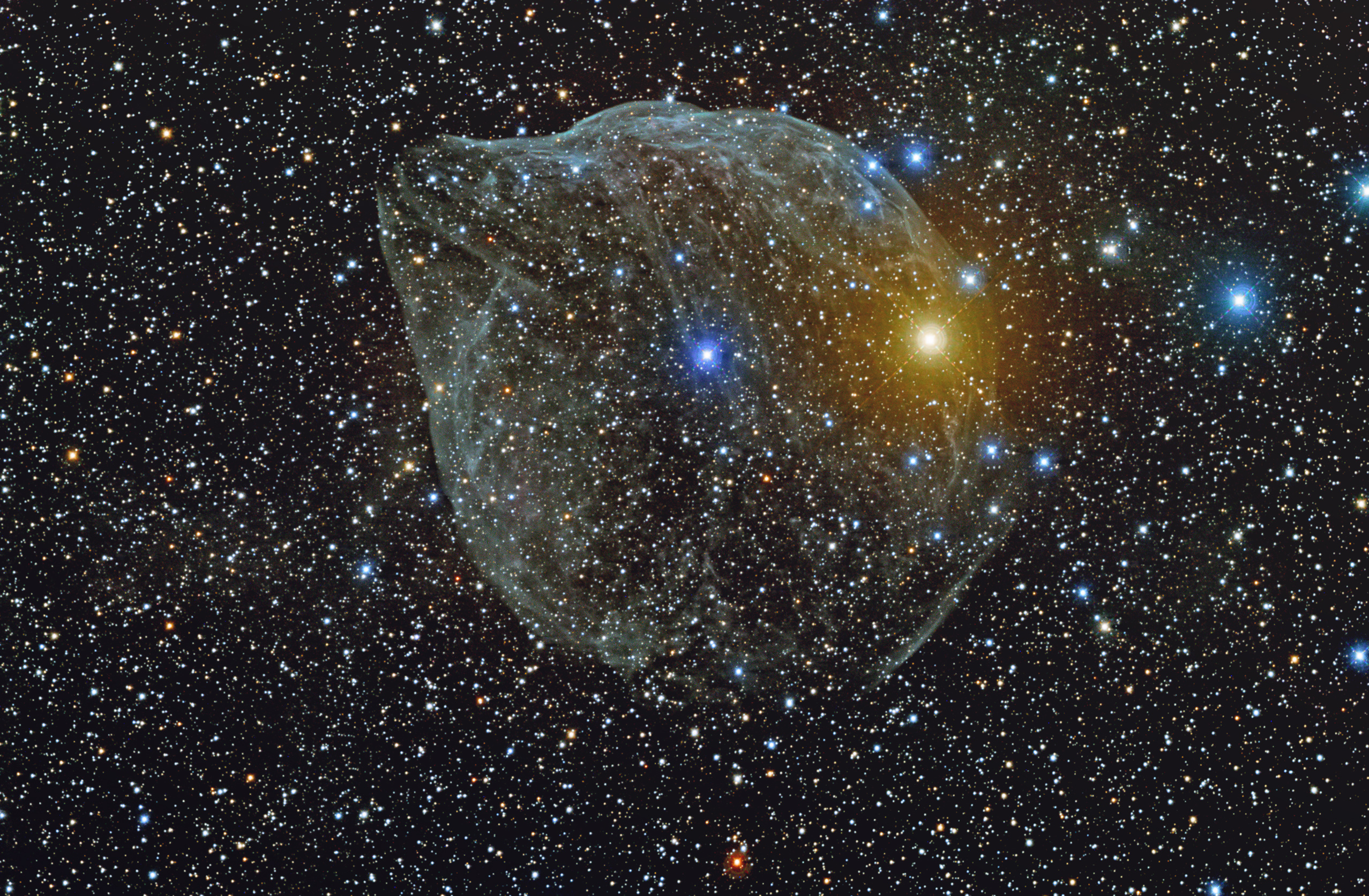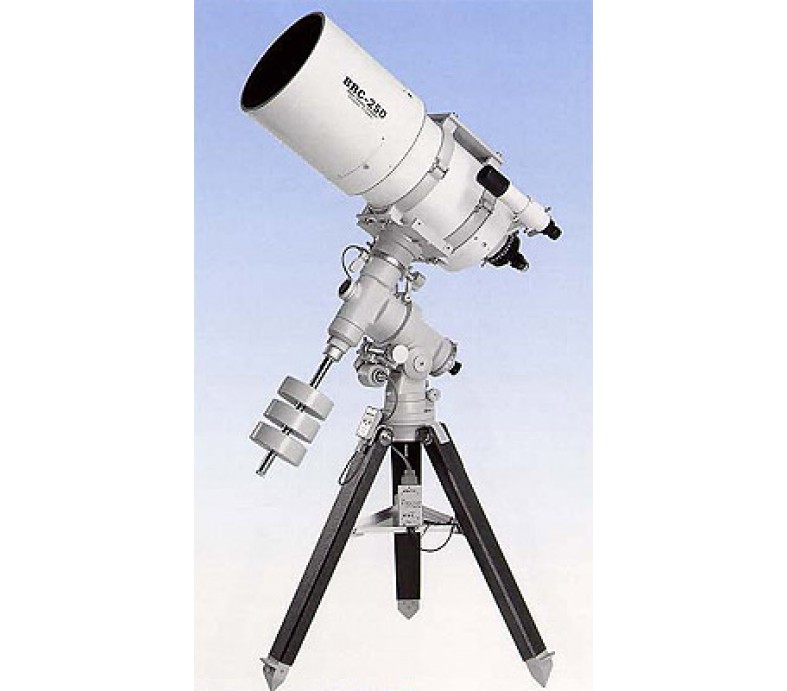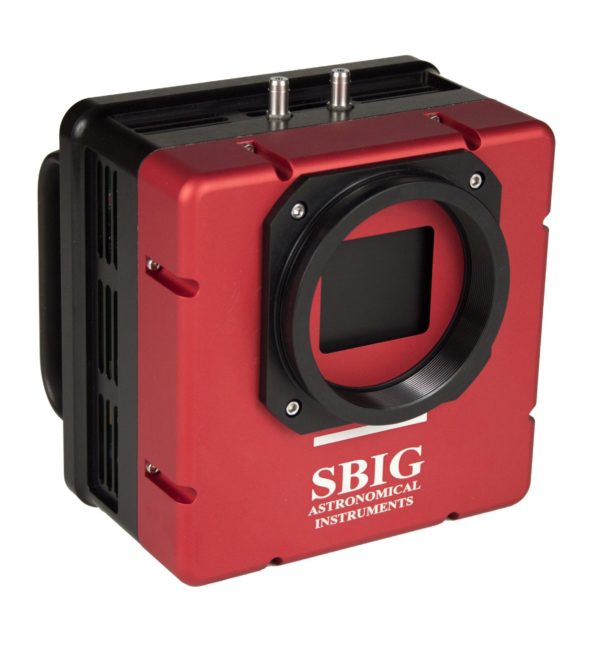- Mar 17, 2015
- 17,202
- 9,205
- Country
- United States
- Faith
- Christian
- Marital Status
- Married
Wasn’t this discussion about reproducing colour as perceived by the human eye by using a transformation on the pixel data?
We did have a side topic for a while about the JWST images being assigned colors, because it wasn't what some had expected, and I tried to explain it in a clear and simple way without technical stuff or math, etc.
(imo, the more interesting thing in this thread is the water planet being discussed from the OP, btw.)
Yes. That's what I was pointing out without the math.You can “un-redshift” by applying the conversion factor 1/(1+z) to each pixel in the image where z is the redshift value.
Yep, though of course it's not hard if the aim is to have more colors to merely combine many different images at different filter wavelengths. I'm guessing you'd already know that(?), as would many who follow astronomy much.The JWST data however is in monochrome
While that seemed kinda trivial to me actually, as I was explaining in my posts above (non mathematically) that one could try to get a rough simulation of what a very high redshift galaxy (not individual stars) might look like when observed at a transformed to lower redshift where the main peak would be in our visual range, and one would of course merely shift until it was at a redshift that was visually interesting....sorta an arbitrary amount...(this may be redundant explanation, but in other words, you pick the colors by picking how much you shift it, so if you don't like green, why do green?)If you attempt to apply the 1/(1+z) transformation to the final colour image unfortunate consequences such as green coloured stars or galaxies can occur.
It's fun to consider on the other hand as just a curiosity an entirely different kind of image where individual stars could be seen, but of course individual stars are not visible at high redshifts. Individual stars, even the brightest, are only visible at a vastly closer distance, and thus very much lower redshift to begin with. Did I leave out above I was talking about high redshift, that is, near the limits of what is possible for JWST to see, galaxies that were very early on in the Universe? I bet I didn't say that clearly enough above. ah...
What's up for you today? What's interesting that you're looking at lately?
Last edited:
Upvote
0

